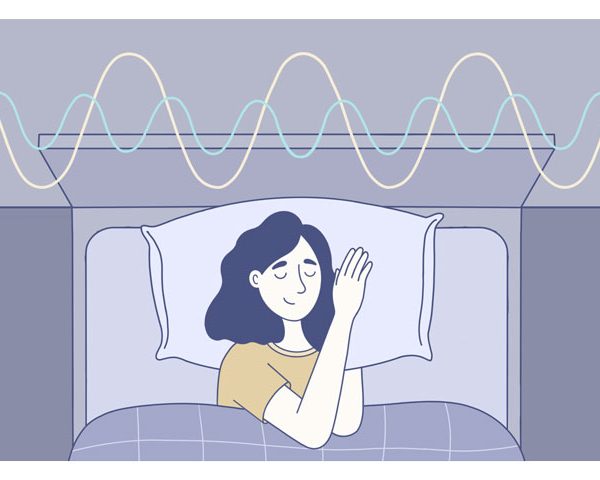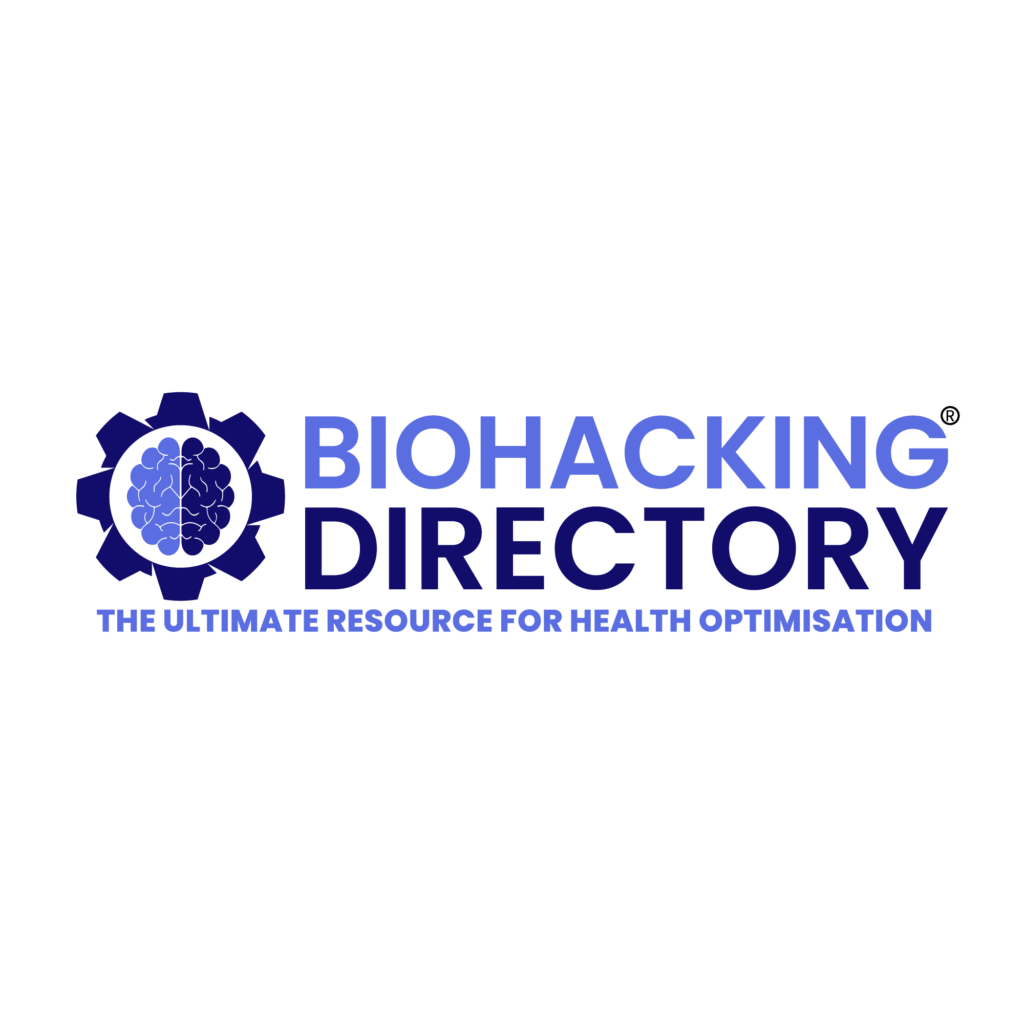Red light therapy, once a well-kept secret of NASA, has emerged as a promising technology in the realm of mainstream health and wellness. This article explores the fascinating journey of red light therapy, from its origins in space exploration to its widespread adoption in homes and clinics around the world.
The NASA Connection:
Red light therapy, also known as photobiomodulation, first gained prominence in the 1990s when NASA started using it to help astronauts combat muscle atrophy and promote tissue healing in the weightlessness of space. Researchers discovered that specific wavelengths of red and near-infrared light could stimulate cellular repair and regeneration, making it a valuable tool for astronauts’ well-being during extended missions.
The Science Behind It:
Red light therapy operates on a simple yet powerful principle – the interaction between light and cells. The red and near-infrared wavelengths penetrate the skin and are absorbed by the mitochondria, the powerhouses of our cells. This interaction triggers a cascade of beneficial effects, including increased energy production, reduced inflammation, and enhanced tissue repair.
Applications in Mainstream Health:
Over the years, red light therapy has transitioned from space missions to clinical settings, and now, it’s accessible for use at home. Its versatility has led to a wide array of applications, including:
1. Skin Rejuvenation: Red light therapy is celebrated for its ability to stimulate collagen production, reduce wrinkles, and improve overall skin tone. It’s a go-to for those seeking a non-invasive anti-aging solution.
2. Pain Relief: Many individuals turn to red light therapy to alleviate various types of pain, including joint pain, muscle soreness, and chronic conditions like arthritis. It’s a drug-free alternative to manage discomfort.
3. Mood and Mental Health: Some studies suggest that red light therapy may have a positive impact on mood by enhancing the release of serotonin, often referred to as the “feel-good” hormone. This has sparked interest in its potential to address conditions like seasonal affective disorder (SAD).
4. Hair Growth: Individuals experiencing hair loss or thinning have explored red light therapy as a means to stimulate hair follicles and promote regrowth.
5. Wound Healing: Its cellular regeneration properties make red light therapy a valuable tool in wound care, helping wounds heal faster and with less scarring.
From Professional Clinics to Home Devices:
Initially, red light therapy was primarily administered in specialized clinics. However, with the development of compact, user-friendly devices, it has become accessible for home use. These devices, often in the form of panels or handheld devices, allow individuals to enjoy the benefits of red light therapy at their convenience.
Conclusion:
From its origins in NASA’s space programs to its widespread use in homes and clinics, red light therapy has come a long way. Its potential to enhance skin health, alleviate pain, and promote overall well-being has made it a valuable addition to mainstream health practices. As research continues, it’s likely that we’ll uncover even more applications and benefits of this remarkable technology.
So, whether you’re seeking youthful skin, relief from pain, or simply looking to boost your overall health, red light therapy may just be the solution you’ve been searching for.
References:
1. “NASA Light Technology Successfully Reduces Cancer Patients Painful Side Effects from Radiation and Chemotherapy” – NASA Spinoff. (https://spinoff.nasa.gov/Spinoff2006/hm_3.html)
2. “Photobiomodulation for the Brain: A Systematic Review of the Effects of Low-Level Light Therapy in Cognitive Decline and Dementia” – National Center for Biotechnology Information (NCBI). (https://pubmed.ncbi.nlm.nih.gov/30767846/)
3. “Red Light and Near-Infrared Radiation: Powerful Healing Tools You’ve Never Heard Of” – Dr. Mercola. (https://articles.mercola.com/sites/articles/archive/2018/04/29/near-infrared-therapy.aspx)
4. “The Potential of Photobiomodulation for Brain Disorders: Transcranial Photobiomodulation for Alzheimer’s Disease” – National Center for Biotechnology Information (NCBI). (https://pubmed.ncbi.nlm.nih.gov/33394259/)





